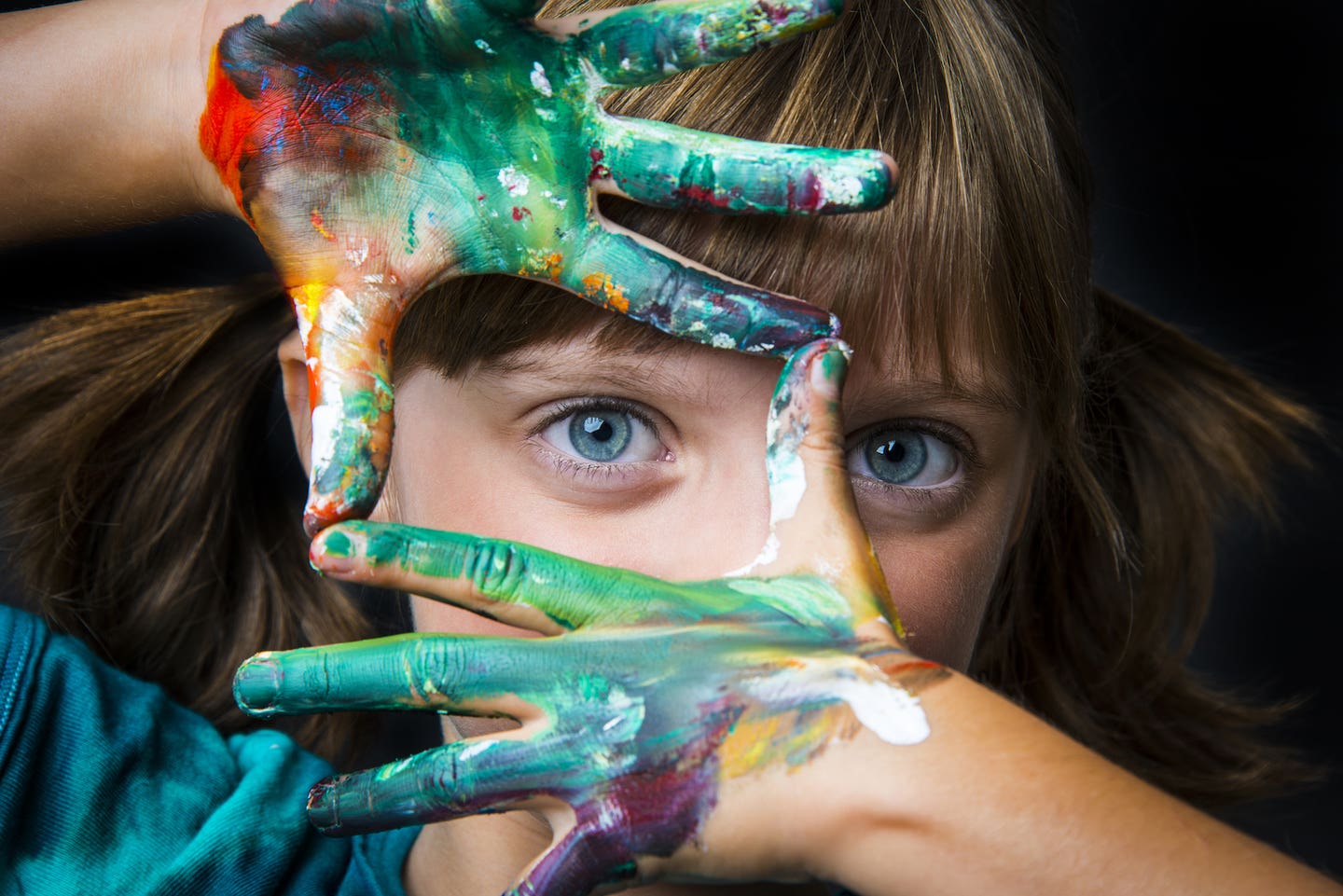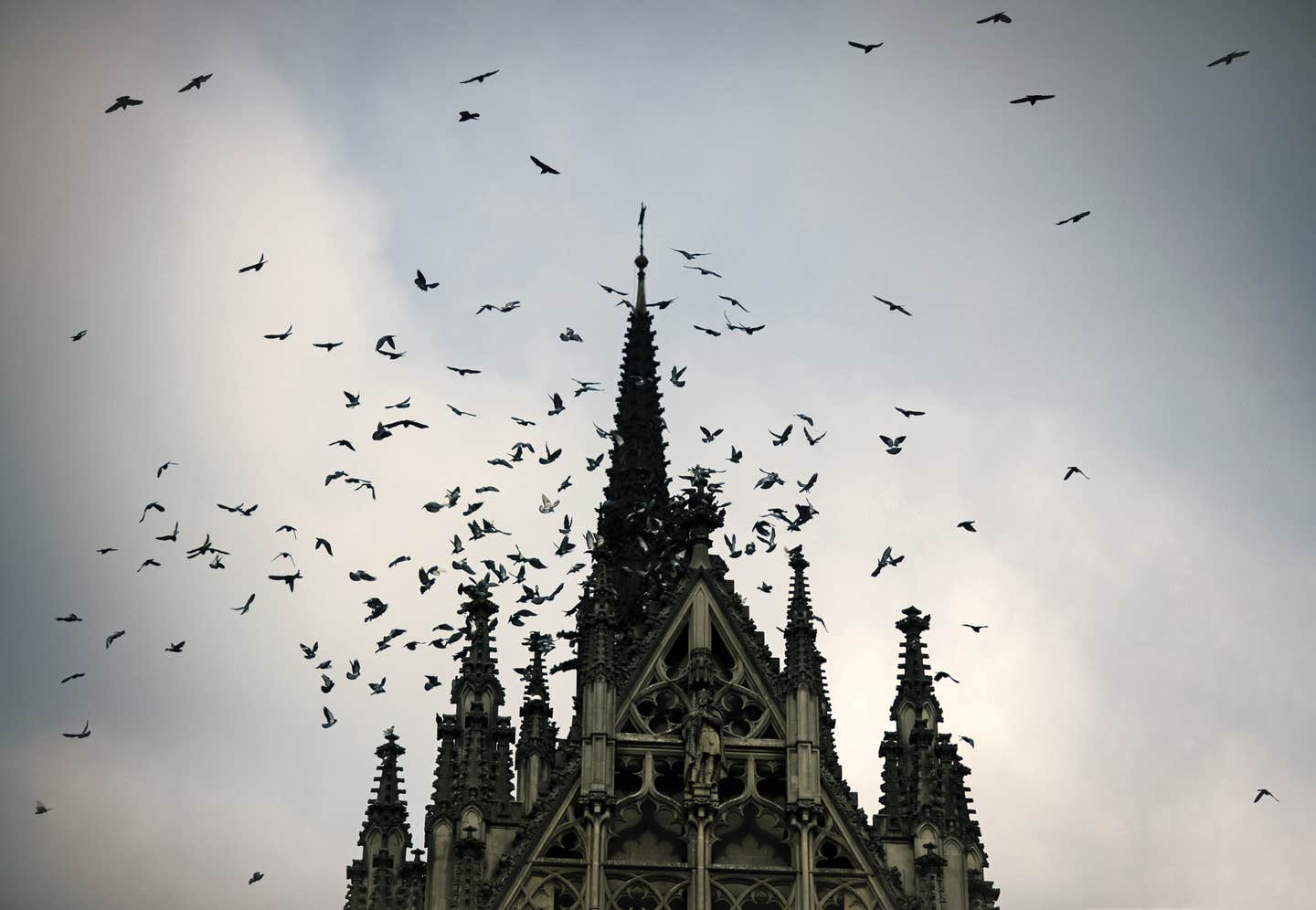Breakthrough Research Unravels the Mysteries of Creativity
When standing at the crossroads between tradition and invention, why do some of us take the road less travelled?

[Aug. 15, 2023: Staff Writer, The Brighter Side of News]
As the world accelerates into an age where innovation reigns supreme, the question arises: what is the driving force behind our relentless pursuit of novel ideas? (CREDIT: Creative Commons)
As the world accelerates into an age where innovation reigns supreme, the question arises: what is the driving force behind our relentless pursuit of novel ideas? When standing at the crossroads between tradition and invention, why do some of us take the road less travelled, even with the threat of failure looming large? The crux of these answers lies in the intricate dance of creativity, a phenomenon deeply embedded in our cognitive fabric and only now being systematically unraveled by scientists.
"Creativity can be defined as the ability to produce original and relevant ideas in a given context, to solve a problem or improve a situation," elaborates Alizée Lopez-Persem, a luminary in the realm of cognitive neuroscience.
She continues, "Adaptation to, or even provocation of change hinges on this invaluable skill. Our quest is to decode the cognitive mechanisms underpinning creative idea generation, potentially harnessing them for enhanced outcomes."
Delving deeper into the machinery of creativity, researchers have demarcated it into two primary phases: the birth of fresh ideas and the subsequent scrutiny of their worth. But here's the catch - the exact means by which we sift through a barrage of thoughts, cherry-picking some while discarding others, remains an enigma. Lopez-Persem reflects, "Assigning value to our ideas is fundamental. Yet, it's unclear whether this is an impartial evaluation devoid of cognitive biases. We're delving into how this valuation process unfolds and its links with individual traits."
Related Stories
The Mathematical Blueprint of Creative Thought
Many harbor the romantic notion of creativity as an overpowering wave, sweeping individuals into its fervor. However, Emmanuelle Volle and her team offer a nuanced perspective. For them, creativity crystallizes into three pivotal dimensions: exploration (drawing from one's reservoir of knowledge to conjure potential options), evaluation (appraising an idea's merit), and finally, selection (endorsing the chosen idea).
The research team embarked on a bold experiment, mimicking these dimensions in a computational model and juxtaposing it against actual human behavior.
Leveraging the Paris Brain Institute's PRISME platform, they engaged 71 participants in free association tests. The challenge? Marry words in the most daring combinations. This was followed by participants assessing their own word pairings on the twin scales of relevance and originality.
Behavioral Results of the Free Generation of Associations Task (FGAT)Note. (CREDIT: APA PsycNET)
Emmanuelle Volle, the study's neurologist, shared their findings: "There's a conspicuous link between how swiftly a person can churn out a new idea and their personal valuation of it. The underlying principle is simple; the deeper one's affinity for an idea, the quicker it is conceived." Drawing a delightful analogy, she adds, "Consider a chef concocting a sauce. The more tantalizing the flavor pairing seems in their mind, the quicker they'd assemble the ingredients!"
Moreover, the investigation underscored two pillars undergirding this self-assessment: originality and relevance.
Schematic Representation of the Computational ModelNote. The model takes as input a cue, that “activates” a semantic memory network. Semantic search (exploration) is implemented as a biased random walk, in which node transition probability P is determined by the frequency of association F between the node i and its connected nodes j. (CREDIT: APA PsycNET)
The Individual Tilt Towards Creativity
Diverse individuals naturally weigh these pillars differently, influenced by their personal experiences, character, and milieu. As the research posits, some individuals lean towards valuing an idea's originality over its pertinence, while for others, the scales tip in favor of relevance. The crux? This inherent bias can be a harbinger of creative prowess. "Our data suggest that those with a penchant for originality tend to offer more avant-garde concepts," says Volle.
Intriguingly, the team's innovative model can predict a participant's creative flair, gauging both its pace and quality based on individual preferences discerned through separate tasks. This highlights that creativity, often viewed as an enigmatic force, might have a more mechanical underpinning, capable of being dissected and understood at the neurocomputational tier.
Experimental DesignNote. (A) Chronological order of successive tasks. (B) From top to bottom, successive screenshots of example trials are shown for the three types of tasks (left: FGAT task, middle: choice task, right: rating tasks). (CREDIT: APA PsycNET)
Taking a gaze into the horizon, Lopez-Persem ponders, "How do different professional realms, from architecture to software engineering, shape creative inclinations? Which surroundings bolster creative spirits, and which ones douse them? Is it feasible to recalibrate one's creative DNA to align with personal aspirations or societal demands?" While these queries hang in the academic ether, the team remains resolute in their pursuit of answers.
In this epoch of rapid technological evolution, understanding the roots of creativity could very well be the cornerstone of our next leap forward. As we push the boundaries of what's possible, understanding the cerebral gears that churn behind our boldest ideas could usher in a new renaissance of innovation and progress.
For more science stories check out our New Discoveries section at The Brighter Side of News.
Note: Materials provided above by The Brighter Side of News. Content may be edited for style and length.
Like these kind of feel good stories? Get the Brighter Side of News' newsletter.



